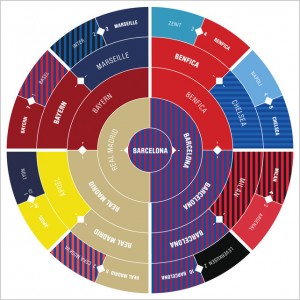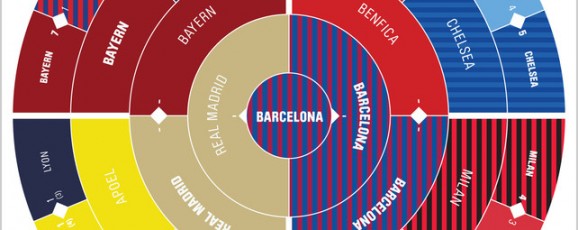Challenge Status Quo
CLICK ABOVE TO VIEW FULL IMAGE
Ever had the thought “we can put a man on the moon but we still…”
So often, the things we use, the things we see and the methods we employ are just what’s “tried and true.” There might be a better way of doing them, but there’s got to be a reason some things never change. We might even be frustrated by the lack of innovation, but when something becomes widely accepted as “how it is,” it’s pretty hard to buck the system—even if it marks a huge improvement.
I was approaching a left turn lane on the highway the other day, accelerating toward the green arrow. Right before that intersection was a much smaller intersection where the light had JUST turned red, and I stopped, lamenting that I missed my coveted green arrow. Of course, by the time the earlier light turned green, the arrow was red, and I waited an exorbitant amount of time to turn. I thought to myself, “surely there’s got to be a better way.” We have sensors and traffic predictors and timing systems and yet for some reason, this stupid traffic light conundrum couldn’t anticipate myself and 5 other drivers who could’ve, should’ve passed through in time to make that green arrow. While I waited, I saw that this smaller light blocked traffic for about a mile. And this type of thing happens every day at intersections across the world.
Maybe you’ve noticed, like I did a few months ago, how sports brackets make poor use of space, especially on computer screens. The bracket it suited for a super-wide format, and yet our standard paper sizes and computer screens poorly display it.
 That’s when I stumbled across a Fast Company article which displayed a beautiful solution to this problem, designed by Hyperakt. This elegant solution flips everything we know about bracketology upside down. Years of status quo challenged, this is by far a better solution. It’s mobile friendly, touch-screen friendly and finally free from the super long format.
That’s when I stumbled across a Fast Company article which displayed a beautiful solution to this problem, designed by Hyperakt. This elegant solution flips everything we know about bracketology upside down. Years of status quo challenged, this is by far a better solution. It’s mobile friendly, touch-screen friendly and finally free from the super long format.
“If only the NCAA would adopt the circle, businesses everywhere could stop buying legal paper,” the article mentions.
Admit it. You have at least one great idea that would revolutionize the way the world does something. So, what would it take to bring your idea to fruition? Why is it that we accept a far lower standard when all of us know something better exists?
Challenge of the day: take steps to bring your great idea into fruition. What do you need to make it happen? Exposure? Money? Time? The right audience? Just because something has been widely accepted doesn’t mean it’s impossible to change. Unless you had Duke or UNC selected to win the tournament.
Posted by Jason Parmer.






jparm1 September 4, 2012 Blog, Inklings